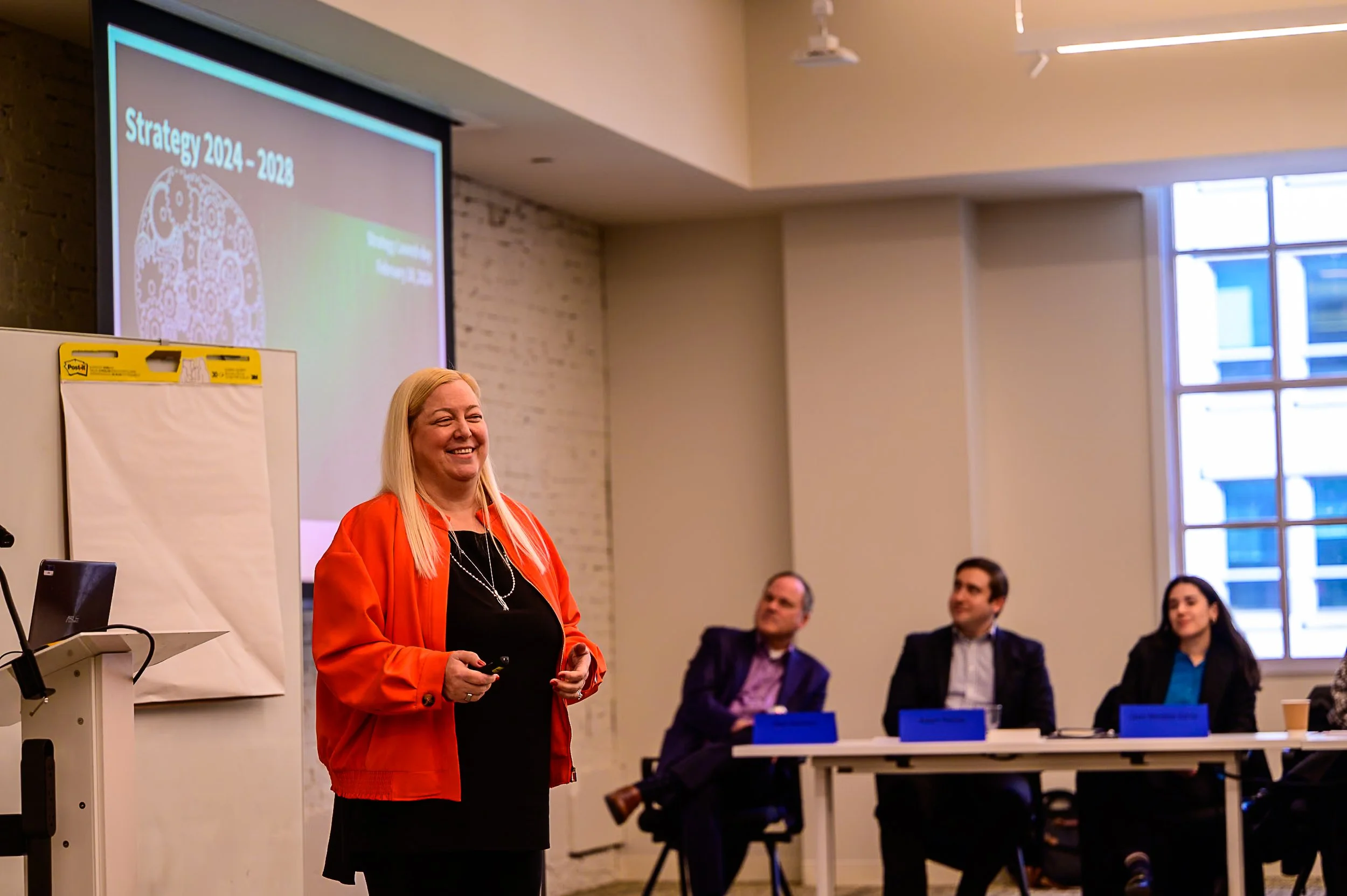
The Definition of the Border: From the Drugs on the Dark Web to Drones
The adoption of drone technology and online drug markets by drug traffickers is creating a borderless, hard-to-detect threat that bypasses traditional border control methods. As new traffickers coordinate operations through decentralized online markets and smuggle drugs over the border via unmanned drones, physical infrastructure becomes increasingly obsolete.
According to the Department of Defense (DOD), there are likely over 1,000 incursions with unmanned aircraft systems over the U.S. and Mexico border each month. By treating digital and aerial smuggling channels as interconnected ecosystems, border security leaders can anticipate and disrupt trafficking patterns before they occur. Agencies must adopt a multi-domain defense, combining aerial surveillance and cyber intelligence to counter these emerging threats.
The days of traffickers relying solely on trucks, tunnels, or human couriers to traffic their product are gone. Drug traffickers are now using commercial drones, often available for a few thousand dollars, to transport high-value narcotics like fentanyl over the border wall and directly to specified drop off locations. These drones fly fast, low, and usually at night, making them difficult to detect with conventional radar or visual surveillance. Concurrently, dark web marketplaces are thriving, selling narcotics in exchange for crypto currency and using encrypted communication channels.
Increasing focus on border security has drawn attention to the border itself, where the newest battle lies in the sky above. Traditional approaches, such as physical barriers and checkpoints, are no longer sufficient. To effectively counter the evolving drug market, agencies must pivot toward a multi-domain defense strategy, one that combines drone detection systems, aerial surveillance, Radio Frequency (RF) interference, and cyber security intelligence into a seamless defense operation. Our national security systems must be united, just as the drug trafficking market has become. Cyber analysts, border agents, and airspace monitors must work together to share intelligence and launch coordinated responses to the emerging threats.
Drones and online drug markets are not isolated threats; rather, they are a glimpse into a much larger, tech-enabled drug trafficking ecosystem. To protect the United States in this new era of drug trafficking, border security must evolve just as rapidly as our adversaries.




















